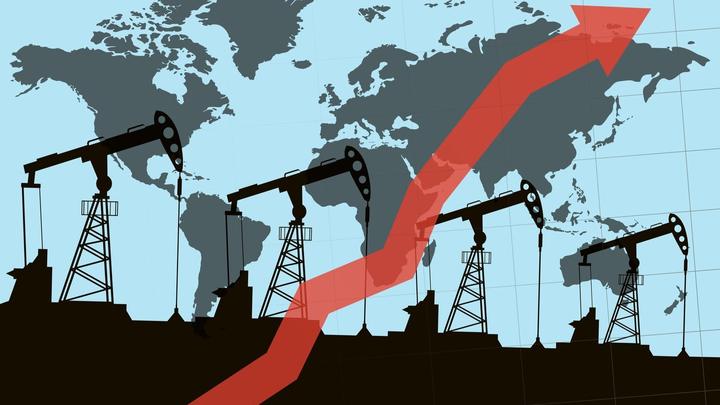Oil Surges 30% On Possible Russia-Saudi Deal! More To Come?
At the end of March, energy traders were stunned after oil prices crashed lower, posting a near 70% drop since the beginning of the year. The catalyst? Energy giant Russia leaving a four-year deal made with Saudi-led OPEC to cut the production of oil. With oil trading at record lows, oil lobbyists have pressured Trump to save Texas oil companies from bankruptcies. After a phone call to President Vladimir Putin, Russia is now back at the negotiating table causing optimism among oil traders sending its price surging 30% higher.
In this article, we analyze if this is a reversal of fortune for the battered black gold and the trading opportunities around it.

An optimistic Trump says oil prices surging higher
In a meeting with concerned oil executives, US President Donald Trump told them he was optimistic that Saudi Arabia and Russia will reach a deal to end their price war that started last month. In a White House statement, it was said that Trump had spoken to both Russian President Vladimir Putin and Saudi Crown Prince Mohammed bin Salman.
OPEC+ (the + indicating Russia who is not a member of OPEC) and other countries are scheduled to hold an emergency session via video conference to discuss how to proceed, as the reality is no country or business is benefiting from oil prices at record lows. The announcement of this meeting, in conjunction with Trump's words, helped lift oil prices by a record 32% in just a few days.
However, a source within the OPEC+ alliance told CNN Business that they need to see "burden sharing" and that it's not fair for only two or three producers to carry the responsibility. According to Helima Croft, RBC Capital's global head of commodity strategy, "the Saudis are absolutely crystal clear that they are not doing this alone. It's not just a Saudi-Russia cut. They're done with the situation where they cut and the US grows."
Her comments are in relation to the fact the United States has now surpassed Russia and Saudi Arabia as the world's largest oil producer thanks to the country's booming shale industry. Something that both Russia and Saudi Arabia have tried to stop. The key for oil prices right now, which is facing a major slowdown in demand, is how the world's biggest oil-producing countries react - and this now not only includes Russia and Saudi Arabia but also the United States.
How to trade WTI crude oil
Below is the long-term monthly price chart of WTI (West Texas Intermediate) crude oil:
(Click on image to enlarge)

Source: Admiral Markets MetaTrader 4, WTI, Monthly - Data range: from 1 November 2008 to 6 April 2020, accessed on 6 April 2020 at 3:15 pm BST. Please note: Past performance is not a reliable indicator of future results.
With Admiral Markets you can speculate on the price direction of WTI crude oil by using a CFD (Contract for Difference) which allows traders to go long and short on the market. During the recent crash in oil prices, many investment banks such as Goldman Sachs were calling for oil to be trading around the $20 per barrel price level. Having now reached that point oil prices have bounced higher, largely due to the optimism of an OPEC+ emergency meeting to cut oil production.
While there is potential for oil prices to crash even lower, as demand also dries up, the price of oil is now a political game. Low prices have the power to put many American companies out of business which is why there are now more voices in the oil market, including Donald Trump's. All of these situations influence the price of oil which traders can then see on the charts through technical chart analysis.
For example, below is a one-hour chart of WTI crude oil with a 21-period exponential moving average plotted on price:
(Click on image to enlarge)

Source: Admiral Markets MetaTrader 4, WTI, H1 - Data range: from 30 March 2020 to 6 April 2020, performed on 6 April 2020 at 9:31 pm BST. Please note: Past performance is not a reliable indicator of future results.
Moving averages are used to help identify who is in control of the market by looking at the average price over a fixed number of bars. In the example above, the price has remained above the 21-period exponential moving average (blue line) for some time. Short-term traders can then use this to their advantage to create some rules. If price is above the blue line, only look for long or buy trades. If price is below the blue line, only look for short or sell trades.
Disclaimer: The given data provides additional information regarding all analysis, estimates, prognosis, forecasts or other similar assessments or information (hereinafter "Analysis") ...
more


